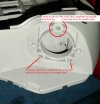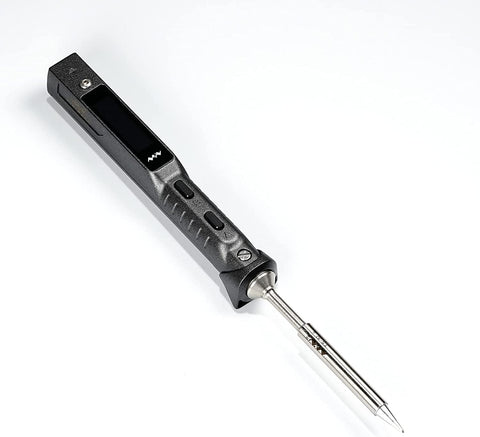No you are correct I myself Dip my tip in the solder "Tinning" for better heat transfer But some will try and melt a bunch of solder to the tip and then try and glob it to the pad. or place the tip on the pad and then the solder on the tip. This will oxidize the solder way to fast and If you are lucky enough to get the solder to stick it wont be much of a joint.Are you serious ? Genuine question.
I must admit that I have found it useful to at least 'wet' the tip with solder to aid the conduction of heat to the work piece ....... or am I doing something wrong?
"tin" the tip of the iron with a little solder and place that on the pad then place your solder away from the tip on the pad and let the solder melt to the tip. In this way the entire pad will be heated for better results and your solder wont have time to oxidize.
I always tell people to keep the iron at 350 until you get this down Because you can easily "lift" a pad if you overheat it.
Last edited:













